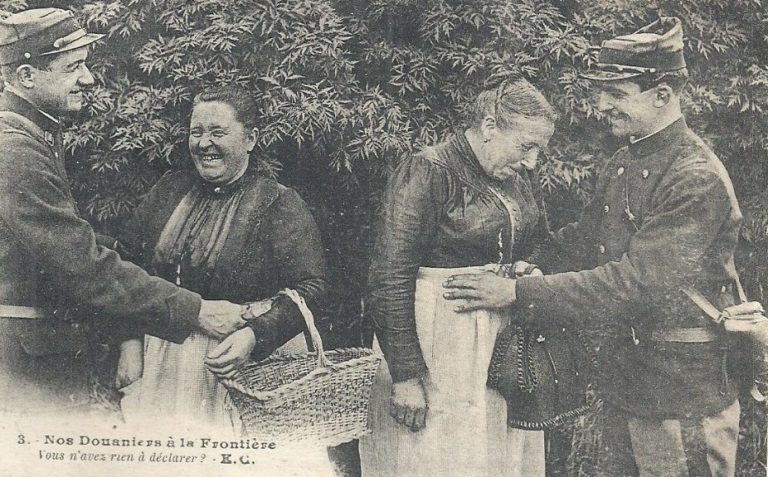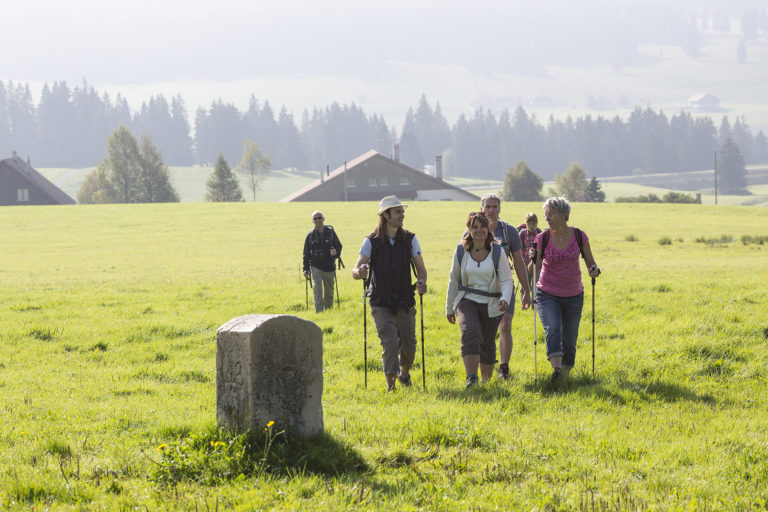
Smuggling history
Smuggling means Smuggling means prohibited or taxed products and territorial borders.
In 1678, Franche-Comté, then under Spanish rule, became part of the kingdom of France. The border was moved, and what had previously been authorised became smuggled to avoid taxes. Smugglers and gabelous criss-crossed the territory. This dangerous activity took place on both sides of the Franco-Swiss border, at the cost of many dangers: steep landscapes, a rushing river, a harsh climate and the risk of being caught in ambush and sent to the galleys.or taxed products and territorial borders. In 1678, Franche-Comté, then under Spanish rule, became part of the kingdom of France. The border was moved, and what had previously been authorised became smuggled to avoid taxes. Smugglers and gabelous criss-crossed the territory. This dangerous activity took place on both sides of the Franco-Swiss border, at the cost of many dangers: steep landscapes, a rushing river, a harsh climate and the risk of being caught in ambush and sent to the galleys.




